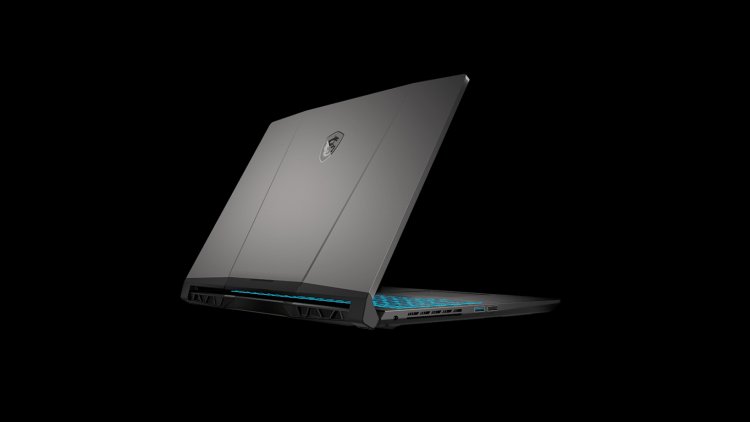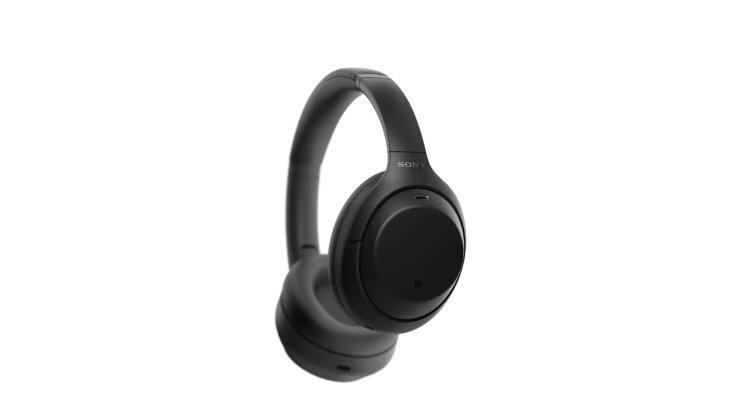MSI Crosshair 15 notebook: Review

Design
The star of our experiment is a laptop named MSI Crosshair 15 Rainbow Six Extraction Edition, which was created in partnership with Ubisoft.
This results in a distinctively tinted appearance, a game logo on the monitor cover and palm rest, a fixed backlight, and a few accessories in the box (mouse, mouse pad, and game voucher), but the knowledge of the notebook itself is unaffected.

As a result, the gadget is a high-end gaming notebook with a commensurate appearance: a relatively thick, over 25 mm high, mainly plastic shell, but we are more pleased with its strength.
This is not to argue that the area under the keyboard or the display is fully firm, but none of them are more flexible than typical, and the laptop is well-assembled, with no rattles. The hinges are rather light and retain the display securely, but one-handed opening and shutting is not the computer's strong suit.
Aside from the eye-catching color scheme, the Crosshair 15 has a very understated appearance; its vents have not been overemphasized, and it is not saturated with RGB lighting.
Only the loud fan reveals its silliness, at least until it is inverted, at which point the lower cover with its numerous vents becomes evident.

The manufacturer does not recommend removing this, and it is also highlighted on one of the screw cover labels, so any changes may only be performed without voiding the warranty.
Thunderbolt is absent, and one of the four USB connections is USB 2.0, an unusual decision for a system built on the Intel architecture in 2022. The remaining three ports, two of which use a Type-A connector and one of which uses a Type-C connector, offer just USB 3.2 Gen1 speeds.
Furthermore, there is an HDMI and a Gigabit Ethernet port on the notebook's sides; with regard to the former, we should note that Crosshair lacks the MUX Switch, but this HDMI is directly related to the dedicated GPU, so we get a few percent faster speeds with an external display than with an internal one.
Performance
The MSI Crosshair 15 we examined is powered by a 14-core, 20-thread Intel Core i7-12700H CPU with six Performance and eight Efficient cores.
In terms of power consumption, Intel guarantees a range of 45 to 115 watts - 115 watts, of course, this is extremely dependent on the design and settings of the notebook, and can only be sustained for a short period of time (less than 10 seconds).
On the graphics front, we have an RTX 3070 with 8GB of memory and 115 watts of TBP, which can theoretically be increased to 140 watts with Dynamic Boost under ideal conditions.
The two main components are supplemented by 2 x 16 GB DDR4 RAM and a 1 TB PCIe 4.0 x4 SSD - the choice of DDR4 is obviously an indication of cost reductions, considering Alder Lake currently supports DDR5, but the impact on performance is expected to be modest.
Name of Product MSI Crosshair 15 R6E B12UGZ Processor Intel Core i7-12700H - 6 + 8 core, 2.3-4.7 / 1.7-3.5 GHz, 45-115W TDP Memory 2 x 16 GB (Samsung) DDR4-3200 Display 15.6 "2560x1440 pixel CMN N156KME-GNA IPS panel with 165 Hz update Graphics - Intel Iris Xe
- NVIDIA GeForce RTX 3070 (TGP: 115 watts), 8 GB GDDR6Data storage 1 TB Micron 2450 NVMe SSD, PCIe 4.0 x4 Communication - Intel Wi-Fi 6 AX601
- Realtek Gigabit Ethernet
- Bluetooth 5.2Interfaces - 1 USB 3.2 Gen1 Type-C
- 2 USB 3.2 Gen1 Type-A
- 1 USB 2.0
- 1 HDMI 2.0b
- 1 Gigabit Ethernet
- 1 combined 3.5 mm audio connectorExtras Spectrum Backlight, the custom exterior (Rainbow Six Extraction only) Battery 90 Wh Size 359 x 259 x 27 mm Crowd 2.47 kg Operating System Windows 10 Home
We were entirely satisfied with the micron storage provided by Micron, which links to a PCIe 4.0 x4 interface; it won't win a speed competition, but it's fast enough not to stymie the other devices.

The Crosshair 15 performs incredibly well in terms of total load, which primarily relies on the processor: as we've seen with the desktop sister, the Core i9-12900K, for example, the new architecture has done very well, but its performance can only be fully utilized with Windows 11. In any event, the Core i7-12700H appears to be on par with AMD's current offering.
MSI gives many setup profiles that you can switch between in the MSI Center, as we've seen before with the GS66 Stealth, so we won't go into it here. Measurements were obtained in both Balanced and Extreme Performance settings, with the latter even providing some VGA tweaking.
Sound, operating time, evaluation
MSI has chosen an average-quality keyboard with a numeric keypad for the Crosshair 15.
This is useful in general (since it makes it easier to enter figures in Excel, for example), but for a game-optimized notebook, it may be better to use the space required to push the other keys less. In this case, for example, the cursor-moving portion would have benefited from a bit extra room.
We indicated in the introduction that the area beneath the keyboard is relatively flexible; this is not bothersome during typical operations. We tested the Rainbow Six Edition, which has unique but non-adjustable lighting.
However, we can't say much about the touchpad: while it precisely follows our finger, the buttons integrated into the corners are overly firm, making pressing them somewhat painful.
Of course, most of the time it's played with a mouse, but this touchpad isn't perfect for work either. The sound is of medium quality; it doesn't stick out from the crowd, but it's not horrible either.

The MSI Crosshair 15 does not perform poorly as a mid-range gamer laptop, but it is not flawless. Fortunately, the list of flaws is very short: one of the main issues is a lack of connector supply (for example, USB 2.0 instead of TB4), and the other is the inconvenient touchpad.
Furthermore, considering the relatively expensive price, it could have been better to sneak RGB illumination per button into the services, as well as refine some of the cooling performance, which is still too loud in the current state.
True, we can enhance this MSI Center by allowing users to design custom fan profiles, but this should ideally not be a user worry.
However, in other ways, we have a lovely machine: most importantly, its performance is great; the twelfth-generation Intel mobile platform is quite fast, whether for gaming or general work. Furthermore, MSI has not been careful not to restrict either the CPU or the RTX 3070 GPU, both of which receive enough power to run out, and as a result, we can also benefit from the knowledge of the WQHD resolution screen.
And, happily, this screen isn't awful either, albeit its maximum luminance and color fidelity leave a lot to be desired (although the latter can be easily improved with calibration).
Finally, the machine housing is well-designed, the installation is difficult, and the Rainbow Six Extraction version we tested was very distinctive.





























